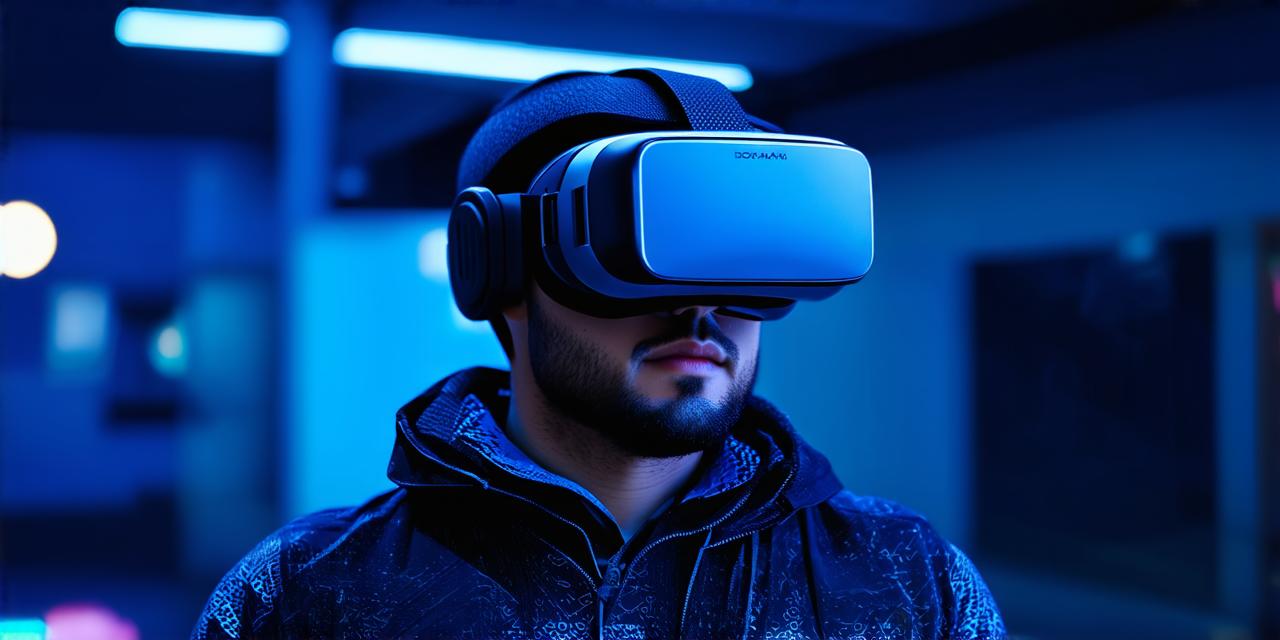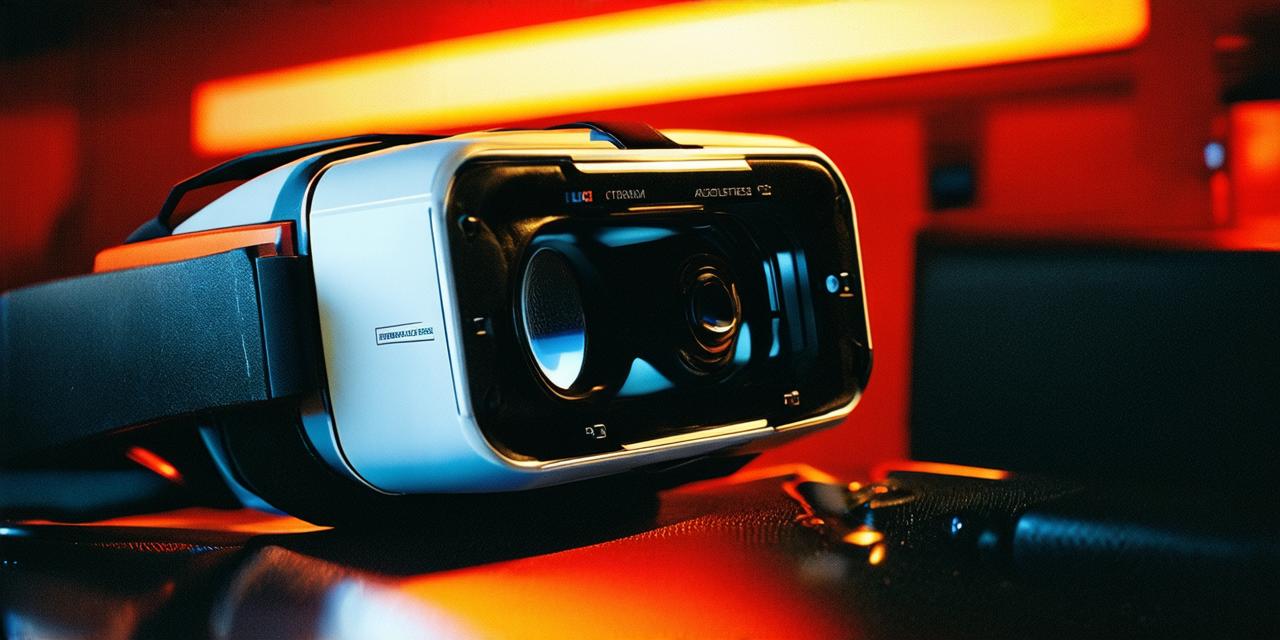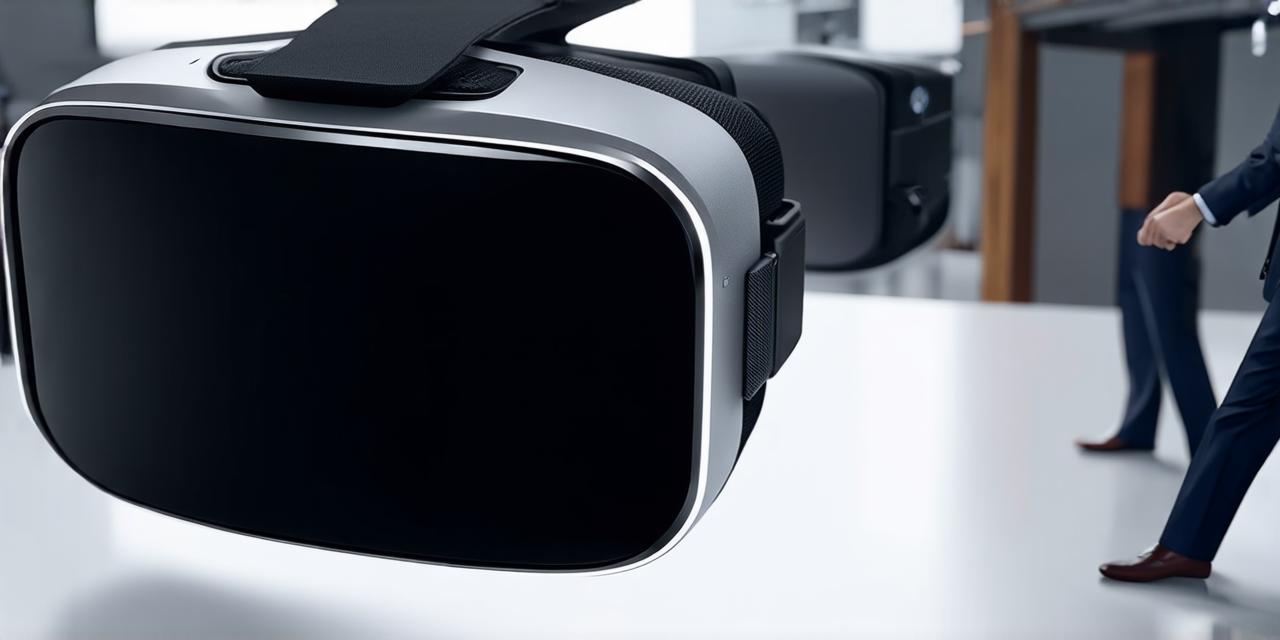Augmented reality (AR) and virtual reality (VR) are two of the most exciting emerging technologies in the field of computer science and technology. Both have gained significant attention in recent years, with numerous applications across various industries such as gaming, education, healthcare, and more.
What is Augmented Reality?
Augmented reality refers to the use of computer-generated information and digital objects to enhance or “augment” the real world environment. In other words, AR allows us to see the real world with additional digital elements overlaid on top of it. This technology is often used in gaming and marketing to add interactive and engaging elements to a user’s experience.
For example, an AR app might allow a user to point their phone at a physical object, such as a book or building, and then see additional information or digital objects appear on the screen. This can include things like product details, historical information, or even virtual creatures.

What is Virtual Reality?
Virtual reality, on the other hand, refers to the use of computer-generated images and sounds to create a completely immersive experience that simulates the real world. In VR, users wear specialized headsets or goggles that block out the real world and replace it with a virtual environment.
For example, a VR app might allow a user to explore a virtual city, go on a virtual safari, or even practice surgery in a safe and controlled environment. The goal of VR is to create a completely realistic and interactive experience that feels as if the user is physically present in the virtual world.
Differences between AR and VR
While both AR and VR technologies enhance our perception of reality, there are some key differences between the two. The main difference is that AR adds digital elements to the real world, while VR replaces the real world with a virtual environment.
Here are some other differences:
- Interactivity: AR allows for more interaction with the real world, as users can see and interact with digital objects in their physical environment. VR, on the other hand, is completely immersive and often involves passive viewing of a virtual environment.
- Cost: VR technology tends to be more expensive than AR technology, as it requires specialized equipment such as headsets or goggles.
- Complexity: VR is generally more complex to develop and implement than AR, as it requires creating a fully immersive virtual environment that simulates the real world.
Similarities between AR and VR
Despite their differences, both AR and VR share some similarities. Here are a few:
- Goal: Both AR and VR aim to enhance our perception of reality and provide users with new ways to interact with the world around them.
- Potential applications: Both technologies have numerous potential applications across various industries such as gaming, education, healthcare, and more.
- Future growth: Both AR and VR are expected to continue growing in popularity and adoption in the coming years, as technology advances and costs continue to decrease.
Conclusion
In conclusion, augmented reality and virtual reality are two exciting emerging technologies that have the potential to revolutionize the way we interact with the world around us. While AR adds digital elements to the real world, VR replaces the real world with a virtual environment. Despite their differences, both technologies share a common goal of enhancing our perception of reality and providing users with new ways to interact with the world around them.



